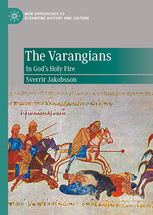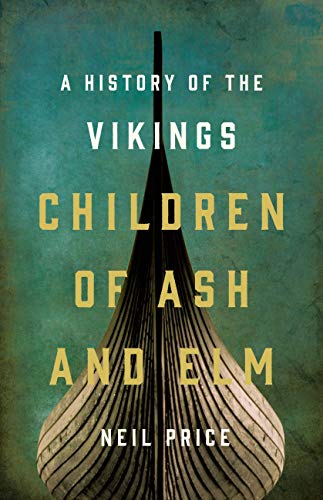Sverrir Jakobsson’s eagerly awaited tome The Varangians: In God’s Holy Fire has finally arrived. Years in the making, it should bring the reader up to speed on what is now the most cutting edge field in Viking Studies, their journeys and settlements in the east.
Dr. Sverrir Jakobsson is a professor of Medieval Studies at the University of Iceland and has previously done much scholarship on Vikings, but this is his definitive study of their complete history as gleamed from the sources, including interactions with the great empires of the east, including the Abbasid Caliphate and the Eastern Roman Empire. He also supervises the Legends of the Eastern Vikings project and you can find more about him in these pages.
It is available on Palgrave Macmillan here in both eBook and Hardcover formats. You can even purchase individual chapters separately:
The description reads:
This book is the history of the Eastern Vikings, the Rus and the Varangians, from their earliest mentions in the narrative sources to the late medieval period, when the Eastern Vikings had become stock figures in Old Norse Romances. A comparison is made between sources emanating from different cultures, such as the Roman Empire, the Abbasid Caliphate and its successor states, the early kingdoms of the Rus and the high medieval Scandinavian kingdoms. A key element in the history of the Rus and the Varangians is the fashioning of identities and how different cultures define themselves in comparison and contrast with the other. This book offers a fresh and engaging view of these medieval sources, and a thorough reassessment of established historiographical grand narratives on Scandinavian peoples in the East.


